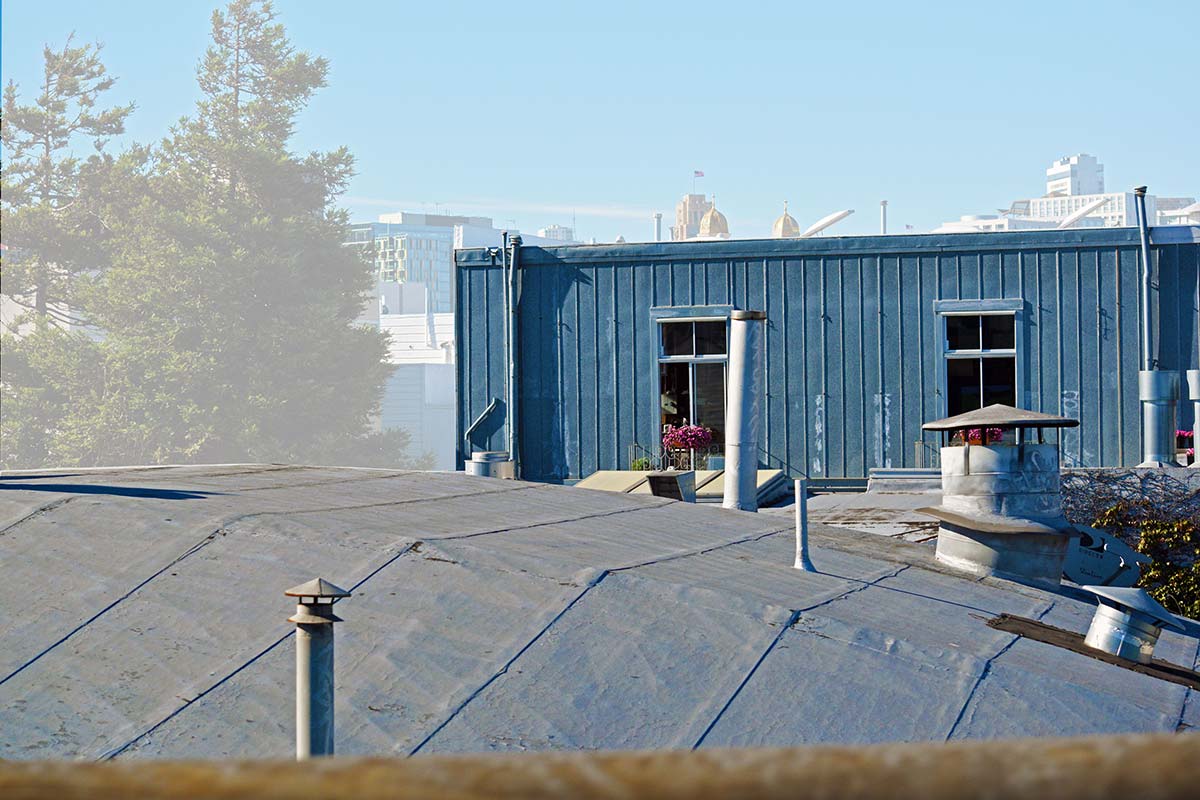Building Codes and Standards: A Timeline from Ancient to Modern
Categories: Interior Architecture
Building codes and standards; design technology; structural technical design; anthropometrics; sustainability; materials and color theory: interior architects are raising the bar in interior design.
As early as 6000 – 2000BC, interiors were decorated with rugs and tapestry from animal furs for warmth and sound isolation, and stories of their lives filled their walls as art. Striving for balance in color and shapes: interior design is a part of human nature.
The Code of Hammurabi, dating from circa 1758 BC, has the earliest known written building codes. Designers and builders received severe punishment if homes were to collapse onto a householder. As time goes forward, many studies revealed what makes an interior follow both form and function. Without them, we would continue to not have chimneys!
In 1997, the International Building Codes were established along with the International Residential Codes. These codes were brought together from national governments, states, and local ordinances and considered to be the most relevant to today’s world. They not only cover the obvious building codes, but the standards of materials and decor that will be placed throughout the property that is to protect the health and safety of the people and planet.
Brand new builds follow current city, state, and international codes and ordinances that protect the safety of mankind. Buildings that were built before 2000, should have a professional determine if they are up to date on the compliance and make proactive implementation.



Leave a Reply
Want to join the discussion?Feel free to contribute!